Florida is a state that has seen a lot of change in the living landscape. From the arrival of new species to changes in climate, the land has changed dramatically over time. In this article, Damon Becnel will explore some of the ways that Florida’s landscape has changed. We will look at natural and human-influenced changes and how they have affected the state’s ecology. This is a great place to start if you’re interested in learning more about Florida’s history!
The Increase In Wildfires
One of the most noticeable changes in Florida’s landscape has been the increase in wildfires. In the past, Florida was home to many large tracts of forestland, which acted as a natural firebreak. However, as development has increased and more people have moved into the state, these forests have been replaced with houses and other buildings. This has created a much higher risk of wildfire, as there is no more fuel for the fires to burn.
In addition, climate change has led to hotter and drier conditions in Florida, which also increases the likelihood of wildfires. As a result of these factors, wildfires have become a regular occurrence in Florida, causing damage to property and costing millions of dollars to fight each year. Despite the efforts of firefighters, it is clear that more needs to be done to prevent these fires from happening in the first place.
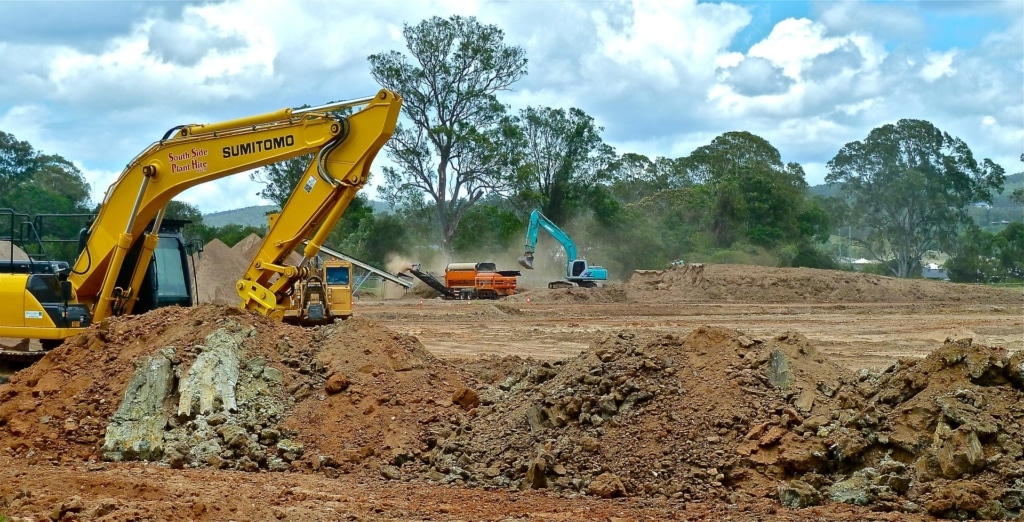
Changes in Plant Communities
Another change in Florida’s landscape occurred in the plant communities shift. As the climate has changed, Damon Becnel says some plants have been able to adapt and thrive while others have struggled. For example, palms and cypress trees are two plants that have done well in the new conditions. On the other hand, oaks and pines have struggled, as they are not used to the hotter temperatures and drier conditions. This has led to a change in the mix of plant life found in Florida.
The state is now home to a more diverse range of plant life, which provides several benefits. First, it helps create a more resilient ecosystem, as different plants can provide backup for one another in times of stress. Additionally, this diversity can help ensure that Florida’s landscapes remain beautiful and unique.
The Spread of Invasive Species
Florida’s warm climate and diverse ecosystem make it an ideal home for many different plant and animal species. However, the state’s hospitable environment also makes it vulnerable to invasions by non-native species. Invasive species are plants or animals that are not native to an area and often have no natural predators. As a result, they can quickly take over an area and crowd out native species. Invasive species are a significant problem in Florida, as they can damage the environment, harm human health, and cause economic losses. Some of the most common invasive species include Brazilian pepper trees, air potatoes, and melaleuca.
Brazilian pepper trees were introduced to Florida in the 1800s as an ornamental plant, but they quickly spread into natural areas. These trees can grow up to 50 feet tall, and their dense canopy shades out native plants. Air potatoes are a type of vine native to Africa, India, and Sri Lanka. These vines were introduced to Florida in the early 1900s and now cover more than 100,000 acres of the state. Melaleuca trees are initially from Australia, but they were introduced to Florida in the 1940s to control erosion. These trees can grow up.
Changes in Precipitation
Another change in Florida’s climate is a change in precipitation patterns. The state previously received most of its rainfall during the summer months. However, as the environment has changed, this pattern has shifted. Now, Florida experiences more rain during the winter and spring months. This change can be attributed to several factors, including changes in sea surface temperatures and atmospheric circulation patterns.
This shift in precipitation patterns has had some impacts on Florida’s landscape. One of the most noticeable effects has been an increase in flooding. With more rain falling during the winter and spring months, there is a greater risk of floods occurring when waterways are already full from melting snow or heavy rains. Damon Becnel says this change has led to an increase in the number of sinkholes forming in Florida. Sinkholes are formed when water seeps into the ground and dissolves the underlying rock. This can cause the ground to collapse, creating a hole.
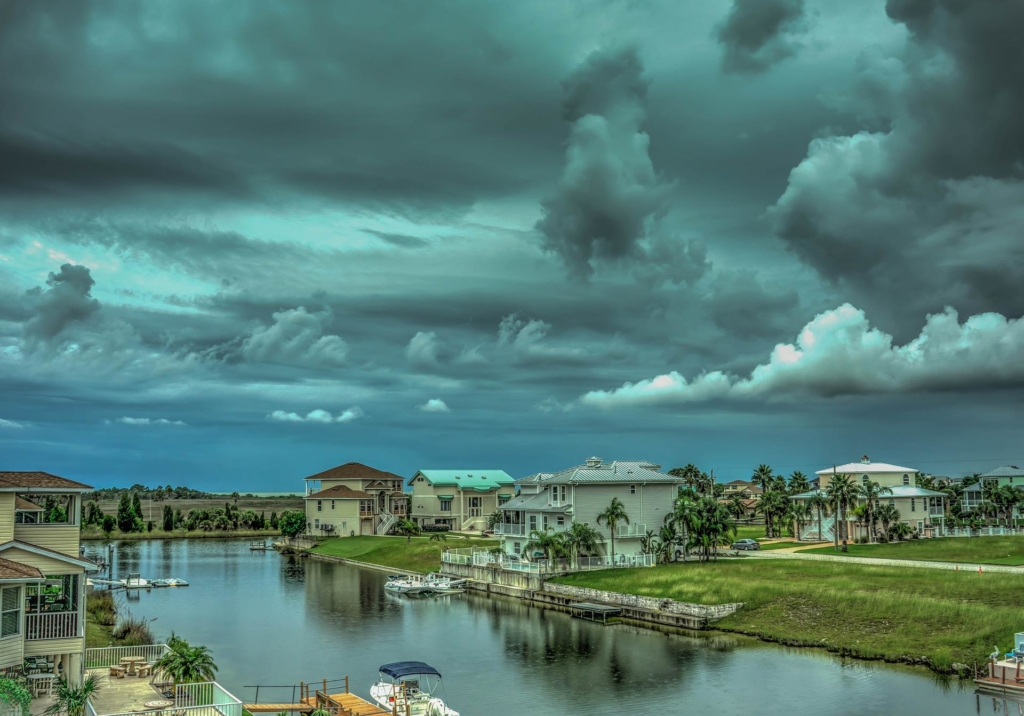
Sea Level Rise and Coastal Erosion
Sea-level rise is one of climate change’s most direct and obvious impacts. As global temperatures have increased, so has the average sea level. This has led to increased flooding and erosion along coastlines around the world. The effects are already being felt in Florida, where much of the state is at or near sea level. Miami Beach has experienced an increase in tidal flooding, and parts of the city are at risk of permanently submerging if sea levels continue to rise.
Coastal erosion is also becoming a problem as waves grow stronger and eat away at beaches. In the coming years, sea-level rise is expected to cause billions of dollars in damage to Florida’s coastal communities. Unless action is taken to mitigate the effects of climate change, these impacts will only become more severe.
More Extreme Weather Events
As the climate continues to change, Florida is facing an increase in extreme weather events. Heat waves are becoming more frequent and intense, and hurricanes and tropical storms are becoming more common. These changes are having a significant impact on Florida’s landscapes. Heat waves can damage plants and lead to wildfires, while hurricanes and tropical storms can cause flooding and erosion. The state is also seeing an increase in the number of severe thunderstorms. These storms can produce high winds and large hail, which can cause severe property damage. As the climate changes, Florida will continue to experience more extreme weather events, which will significantly impact the state’s landscapes.
The Increase of New Affordable Condos
The increase in new condos is having a positive impact on the state’s economy. In addition to providing housing for an increasing population, condos also generate jobs during construction and provide ongoing employment for those who manage the properties. The economic benefits of this development are particularly evident in the Orlando area, where the tourism industry is booming. In addition, retirees are increasingly choosing to purchase condos as their primary residence or as a second home. As a result, the increase in new condos is positively impacting both the local and state economy.
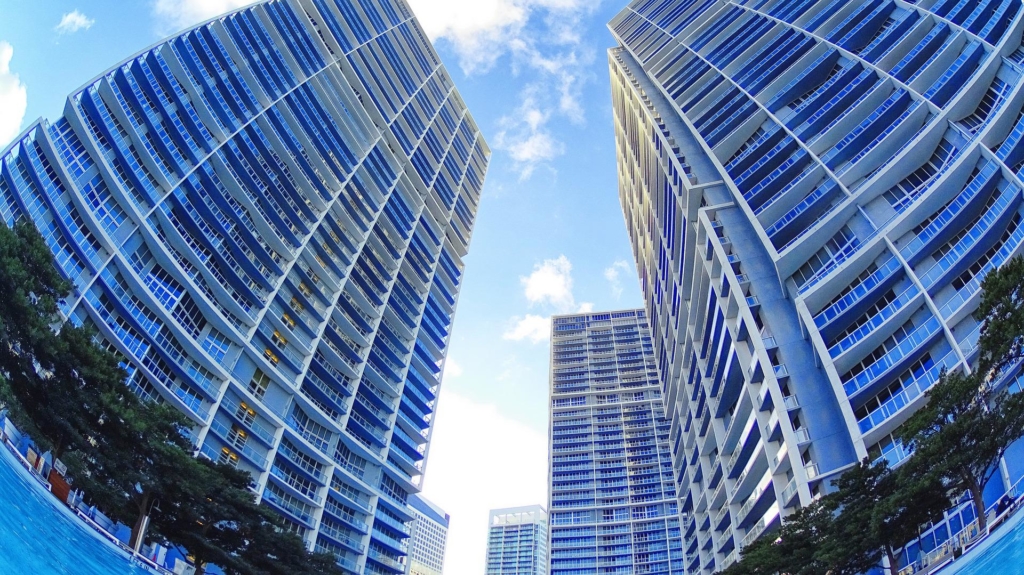
Changes in Condo Living Benefits
The changes in condo living benefits provide a higher quality of life for residents. The new developments are offering a wide range of amenities that were not previously available, such as fitness centers, pools, and spas. In addition, many of the new condos are located near shopping, dining, and entertainment options. There have been changes with specific types of condos as well:
Luxury condos
The luxury condo market is booming in Florida. Developers offer a wide range of amenities, such as concierge services, valet parking, and private balconies. In addition, many of these properties offer stunning views of the state’s beaches and coastline.
Condo resorts
Condo resorts are becoming increasingly popular in Florida. These developments offer all of the benefits of a traditional resort, such as on-site dining and recreation options, but with the added benefit of owning your unit.
Vacation condos
Vacation condos are an excellent option for those who want to enjoy all Florida offers without the hassle of maintaining a second home. These units are typically located close to attractions and activities, making it easy to enjoy your vacation.
Final Thoughts
The living landscape of Florida is constantly changing, according to Damon Becnel. These changes can be seen in the increase of wildfires, the spread of invasive species, changes in precipitation, and more extreme weather events. In addition, the state is experiencing a growth in new affordable condos, providing a higher quality of life for residents. With all of these changes, staying informed about how they may impact your life and property is crucial.

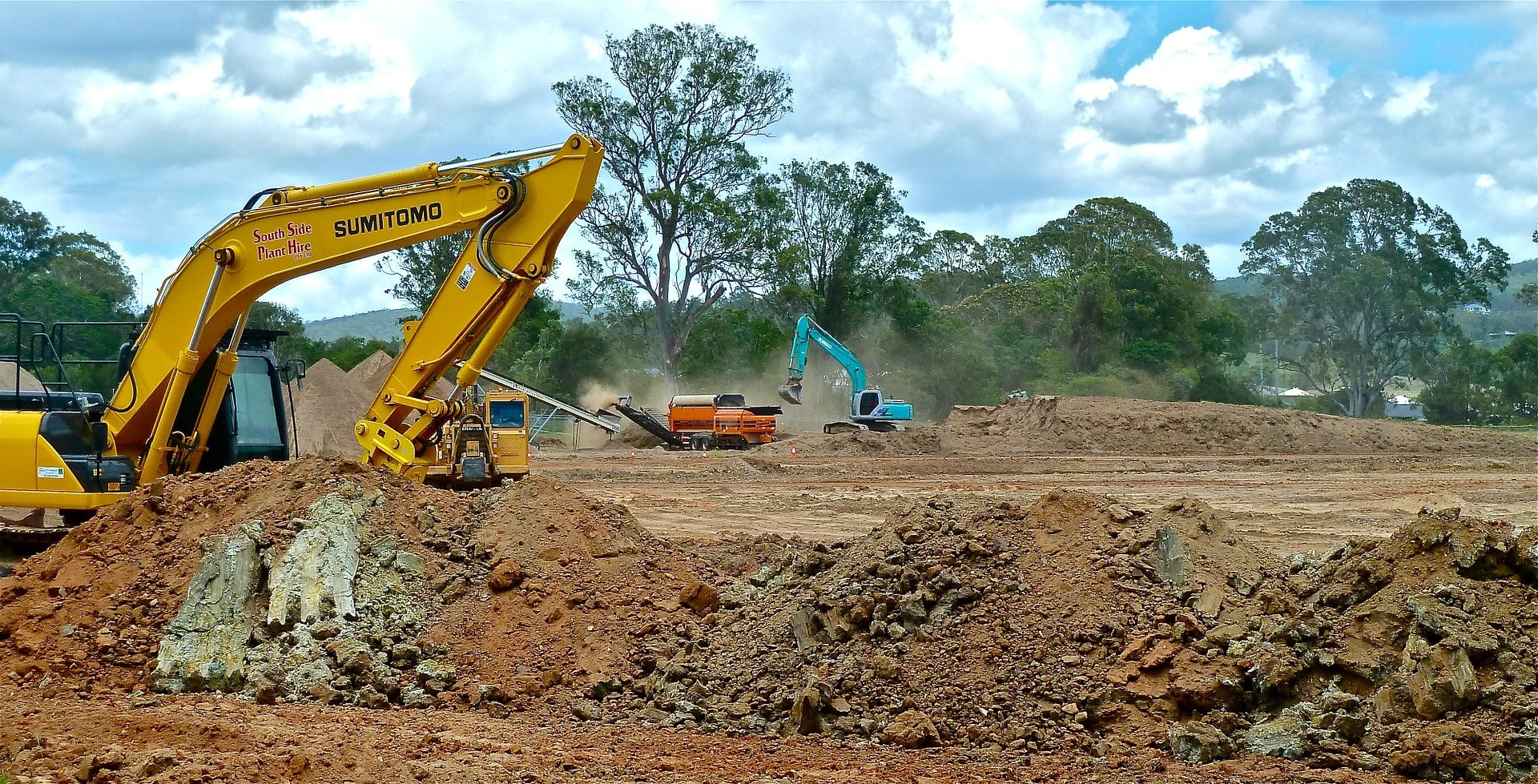
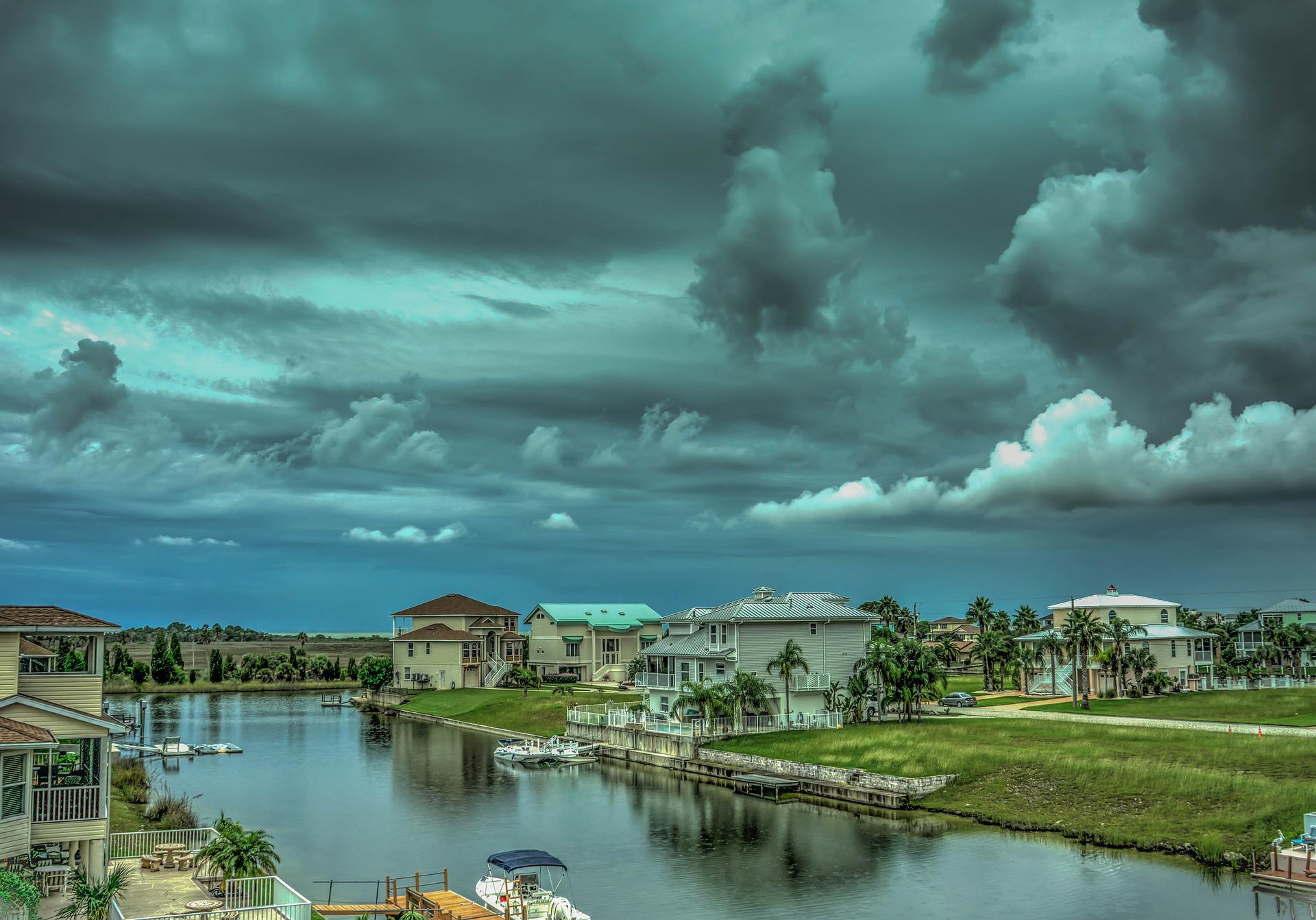
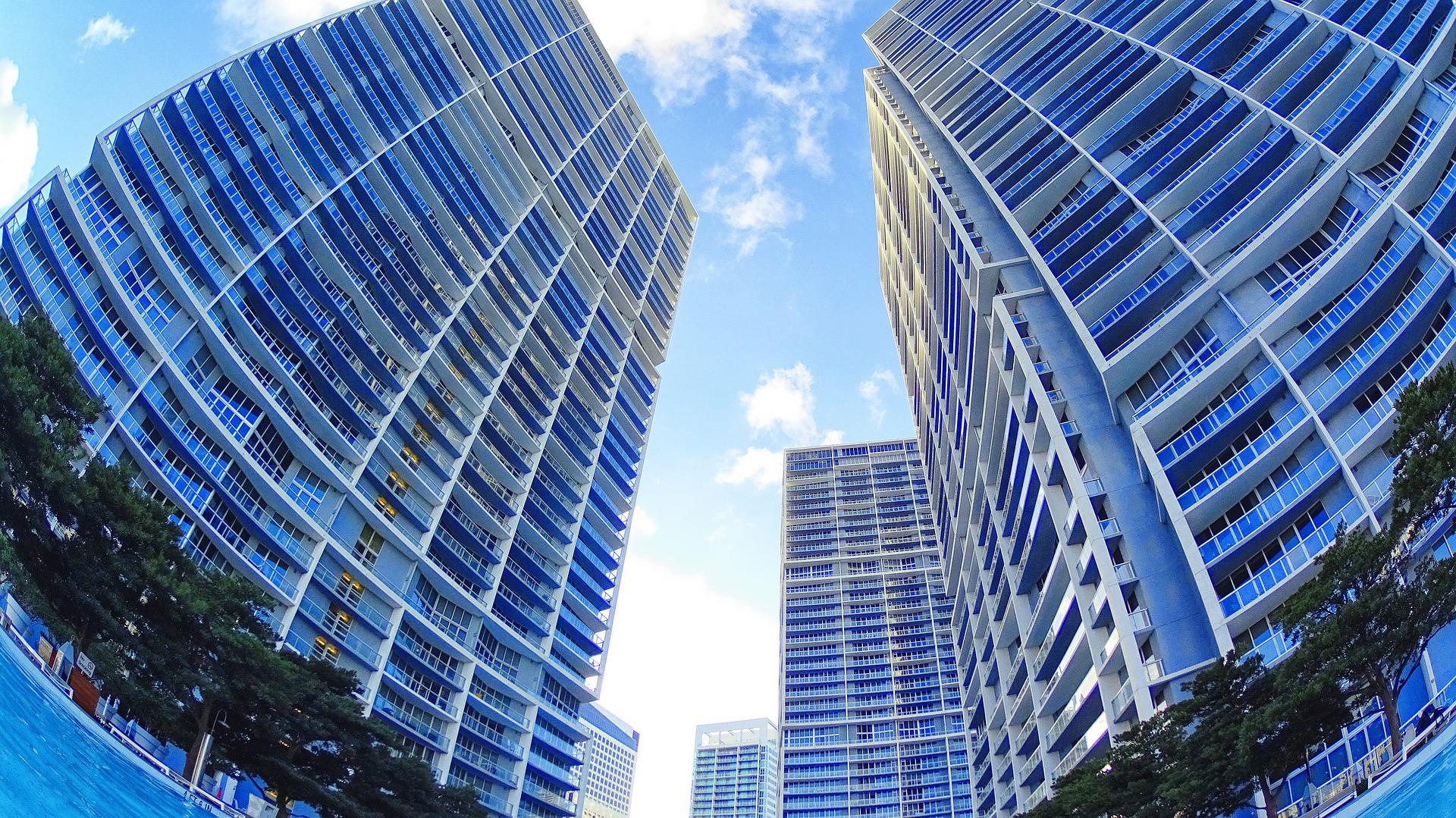
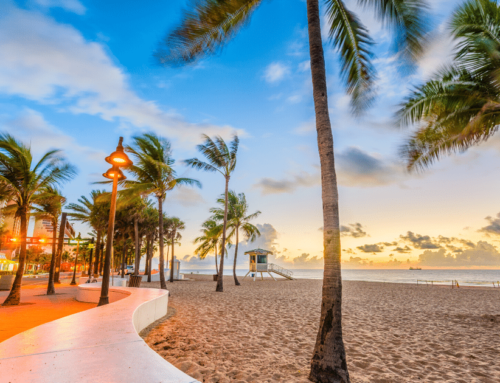









Leave A Comment